Lets get into the specific garage door track kit types, it’s crucial to understand “radius.” This refers to the curve of the track where the vertical and horizontal sections meet. The radius determines how smoothly the door transitions from moving up to moving horizontally along the ceiling. Common garage door track kits include:
- 10-inch Radius: A tighter curve, often used in garages with limited headroom.
- 12-inch Radius: A standard curve, providing a good balance between space efficiency and smooth operation.
- 15-inch Radius: A wider curve, offering smoother operation and less stress on the door and rollers.
Types of Garage Door Track Systems:
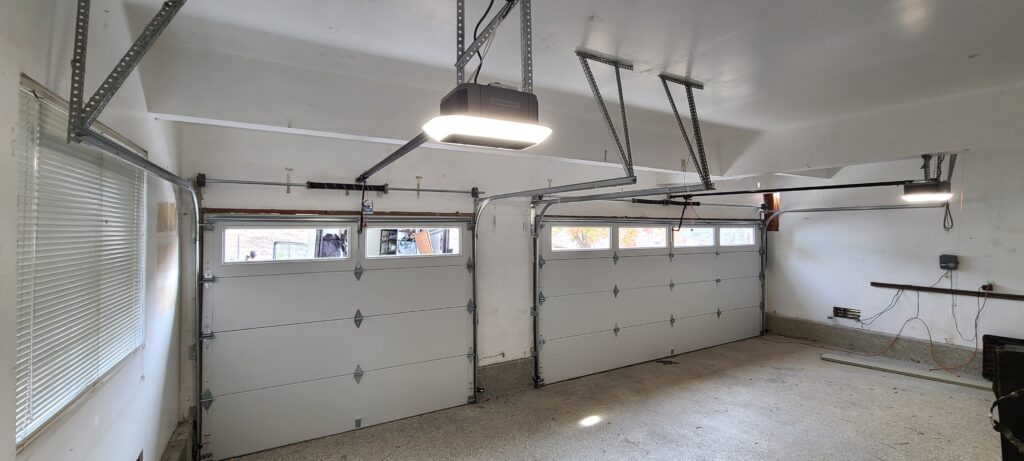
- Standard Radius Tracks (10, 12, 15-inch):
- These are the most common residential tracks.
- 10-inch Radius:
- Pros: Space-saving, suitable for garages with limited headroom.
- Cons: Can put more stress on the rollers and door due to the tighter curve.
- 12-inch Radius:
- Pros: A good balance of space efficiency and smooth operation.
- Cons: May not be suitable for very low or very high headroom situations.
- 15-inch Radius:
- Pros: Smoothest operation, reduces stress on components.
- Cons: Requires more headroom.
- These systems use a curved track to transition the door from vertical to horizontal movement.
- Typically combined with standard lift.
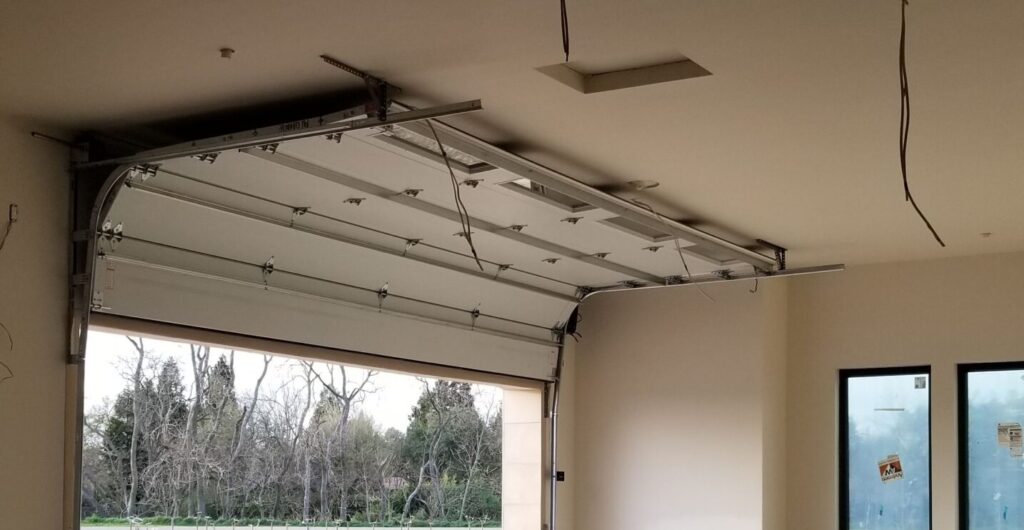
High Lift Garage Door Tracks:
- Designed for garages with high ceilings.
- The vertical tracks extend further up the wall, allowing the door to rise higher before transitioning to the horizontal tracks.
- Creates more vertical clearance within the garage, ideal for car lifts or storage.
- Requires increased headroom.
- Typically uses a longer vertical track, and then a standard horizontal track.
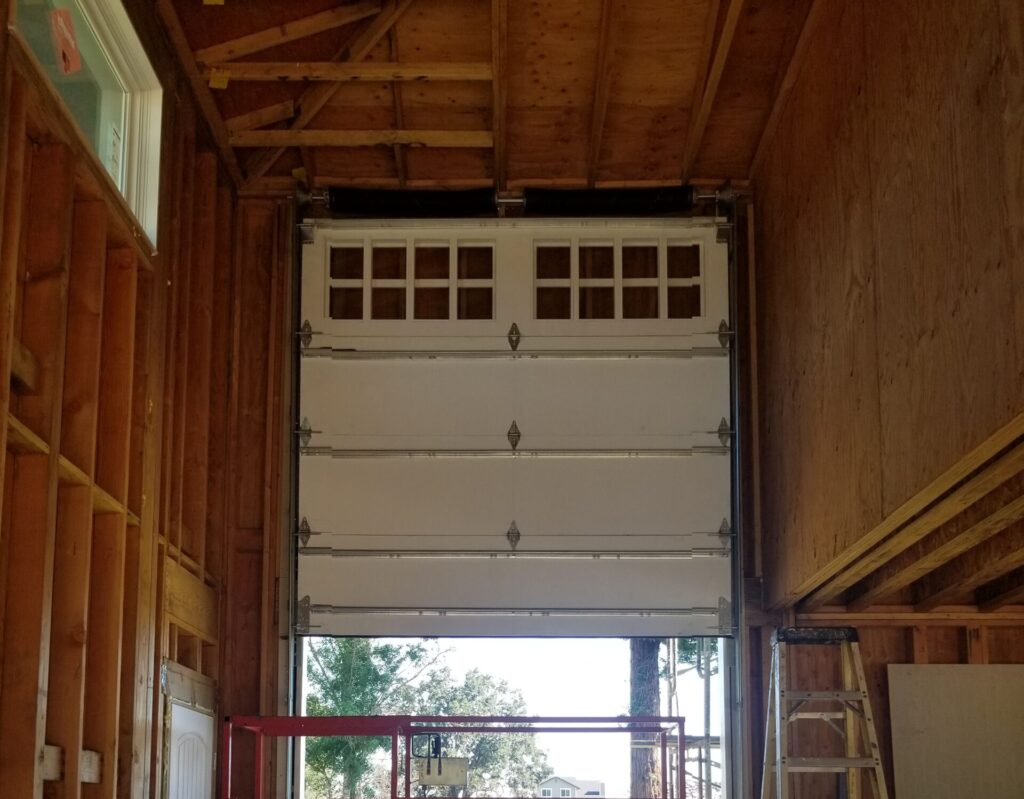
Vertical Lift Tracks:
- Designed for industrial or commercial applications where maximum vertical clearance is required.
- The door rises straight up along the walls, with no horizontal tracks.
- Requires very high ceilings.
- Uses only verticle tracks.
- Uses specialized hardware and motorized operators.
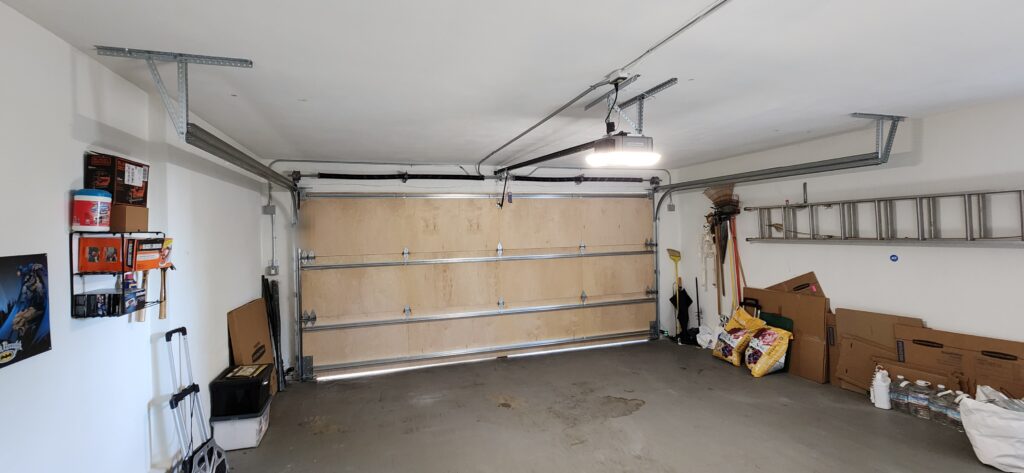
Low Headroom Track
- Often utilizes a double-track system, with two horizontal tracks stacked on top of each other.
- This allows the door to hug the ceiling more closely.
- Sometimes a smaller radius track is also used.
- Can use specialized hardware.
- Used in garages with limited headroom above the door opening
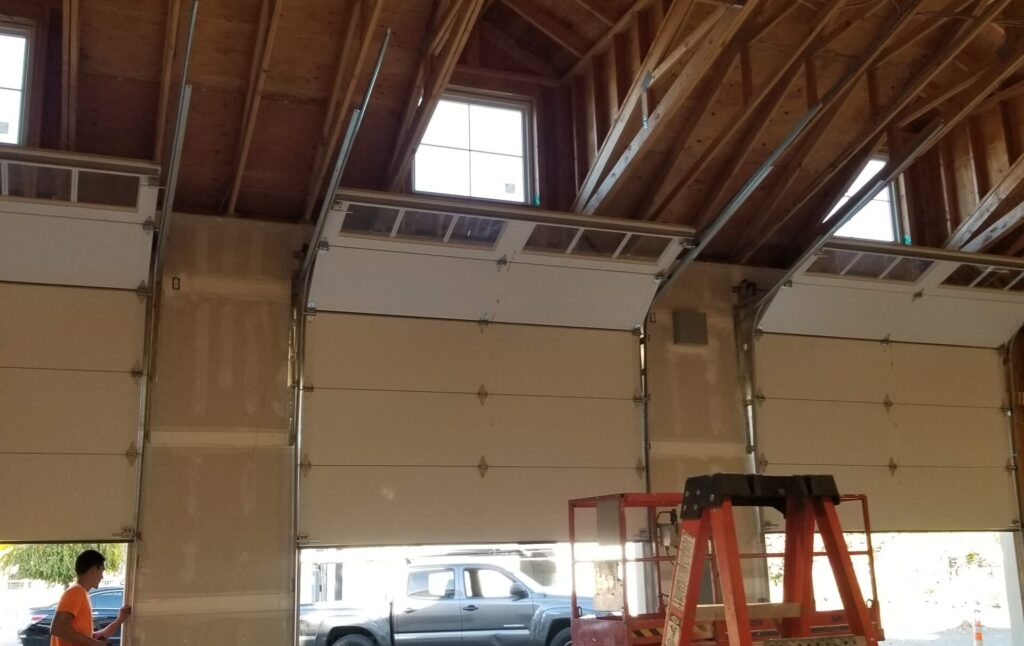
Pitch Angle Tracks:
-
- These tracks are used when the garage ceiling is sloped or angled.
- The tracks are designed to accommodate the pitch of the ceiling, allowing the door to operate smoothly.
- Requires precise measurements and installation.
- Are custom manufactured.
- Are used in unique garage structures.
Key Considerations for Garage Door Track Selection:
- Headroom: The most critical factor.
- Backroom: The distance from the garage door to the back of the garage.
- Door Weight and Size: Heavier doors require stronger tracks.
- Garage Usage: Commercial or residential needs.
- Ceiling Structure: Angled or flat.
Important Note: Garage door track systems are complex, and proper installation is essential for safety and optimal performance. It’s highly recommended to consult with a qualified garage door professional at Generational Garage Doors in Martinez, CA for any garage door track kit installations or repair work.
